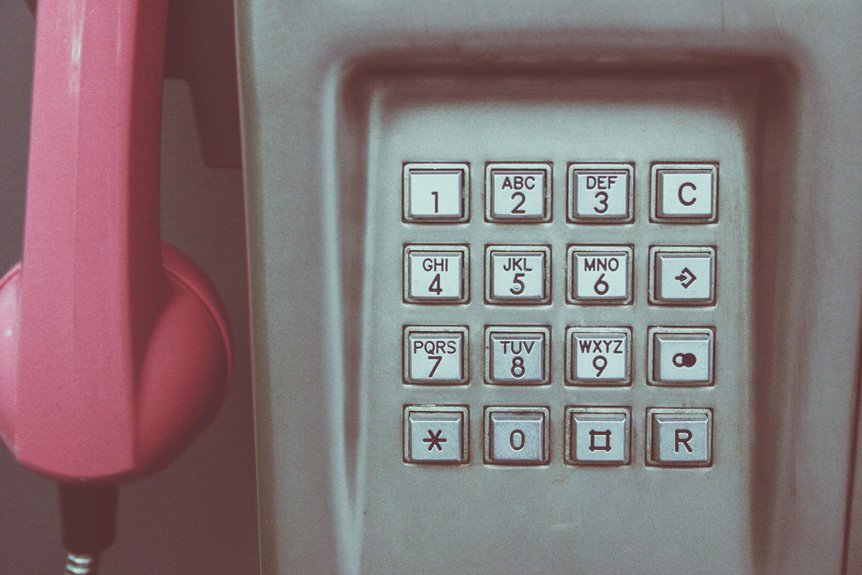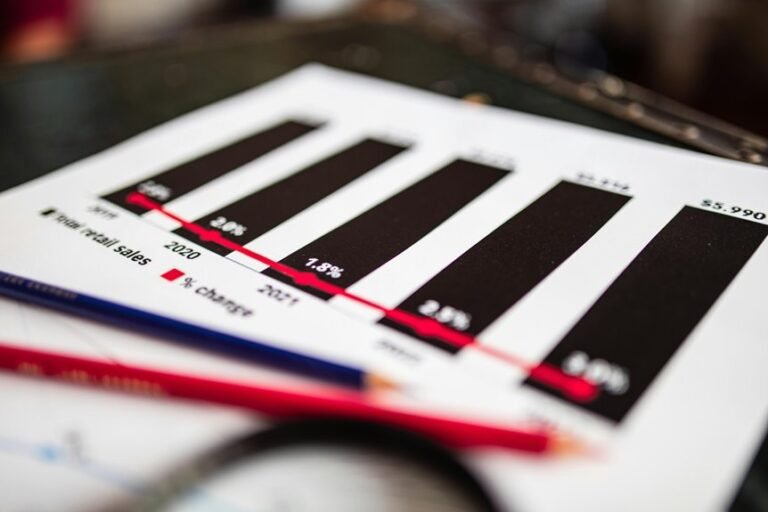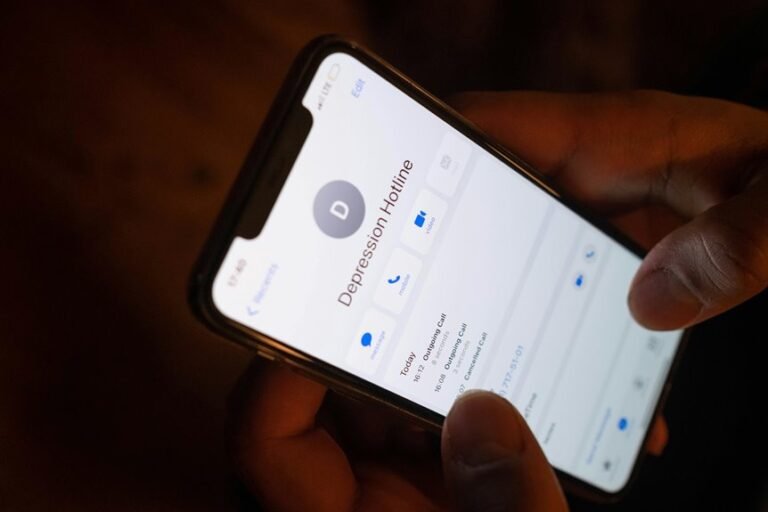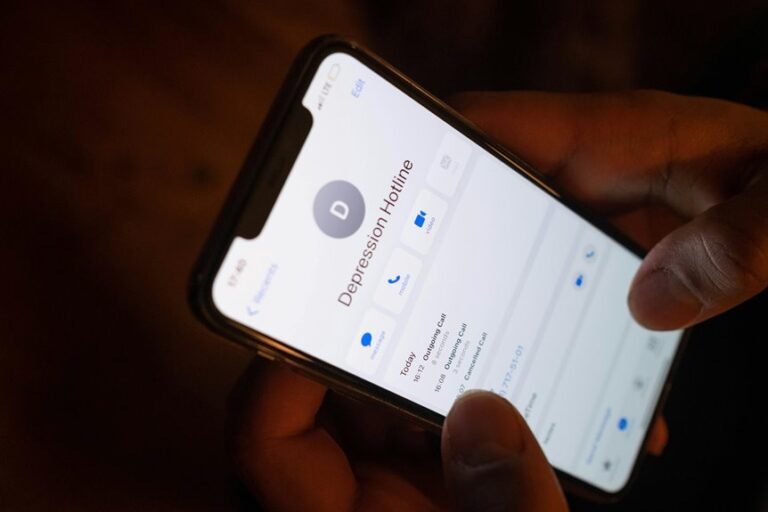Who Called You From 7328975922, 2102393234, 8555784253, 6265504223, 8339901911, 5103405330

Recent calls from numbers such as 732-897-5922, 210-239-3234, and others have raised concerns among recipients. These digits frequently appear in reports linked to spam or potential scams. Understanding the origins and intentions behind these calls is crucial for safeguarding personal information. What patterns or commonalities might emerge from these numbers? Further investigation could reveal significant insights into the nature of these communications.
Analyzing 7328975922
Insights can be gleaned from the analysis of the phone number 732-897-5922. Investigating this number may reveal its caller identity, crucial for discerning legitimate communication from potential spam.
Effective spam detection techniques can assess the frequency of complaints associated with the number, guiding individuals in safeguarding their privacy and making informed decisions about responding to unknown callers.
Understanding 8555784253 and 8339901911
As individuals seek to identify the sources behind incoming calls, the investigation into the numbers 855-578-4253 and 833-990-1911 offers a glimpse into potential patterns of communication.
These numbers frequently appear in discussions surrounding scam awareness, prompting inquiries into their legitimacy.
Through caller identification, individuals can discern between genuine outreach and potential fraudulent schemes, empowering them to safeguard their personal information effectively.
The Implications of 2102393234, 6265504223, and 5103405330
While the numbers 210-239-3234, 626-550-4223, and 510-340-5330 each carry their own unique identifiers, their implications extend beyond mere digits to the broader conversation around telecommunications and consumer protection.
The prevalence of spam calls associated with these numbers raises concerns about caller identity, prompting a need for regulatory measures to safeguard individual privacy and ensure accountability within the telecommunications landscape.
Conclusion
In the labyrinthine world of telecommunication, the numbers 732-897-5922, 210-239-3234, 855-578-4253, 626-550-4223, 833-990-1911, and 510-340-5330 emerge as beacons of potential deceit, casting ominous shadows over unsuspecting recipients. Each call, a siren’s song, beckons with promises that may lead to financial ruin or the unwelcome exposure of personal data. Thus, the vigilant consumer must don their armor of awareness, navigating this treacherous terrain with the sagacity of a seasoned explorer, lest they fall prey to digital marauders.






